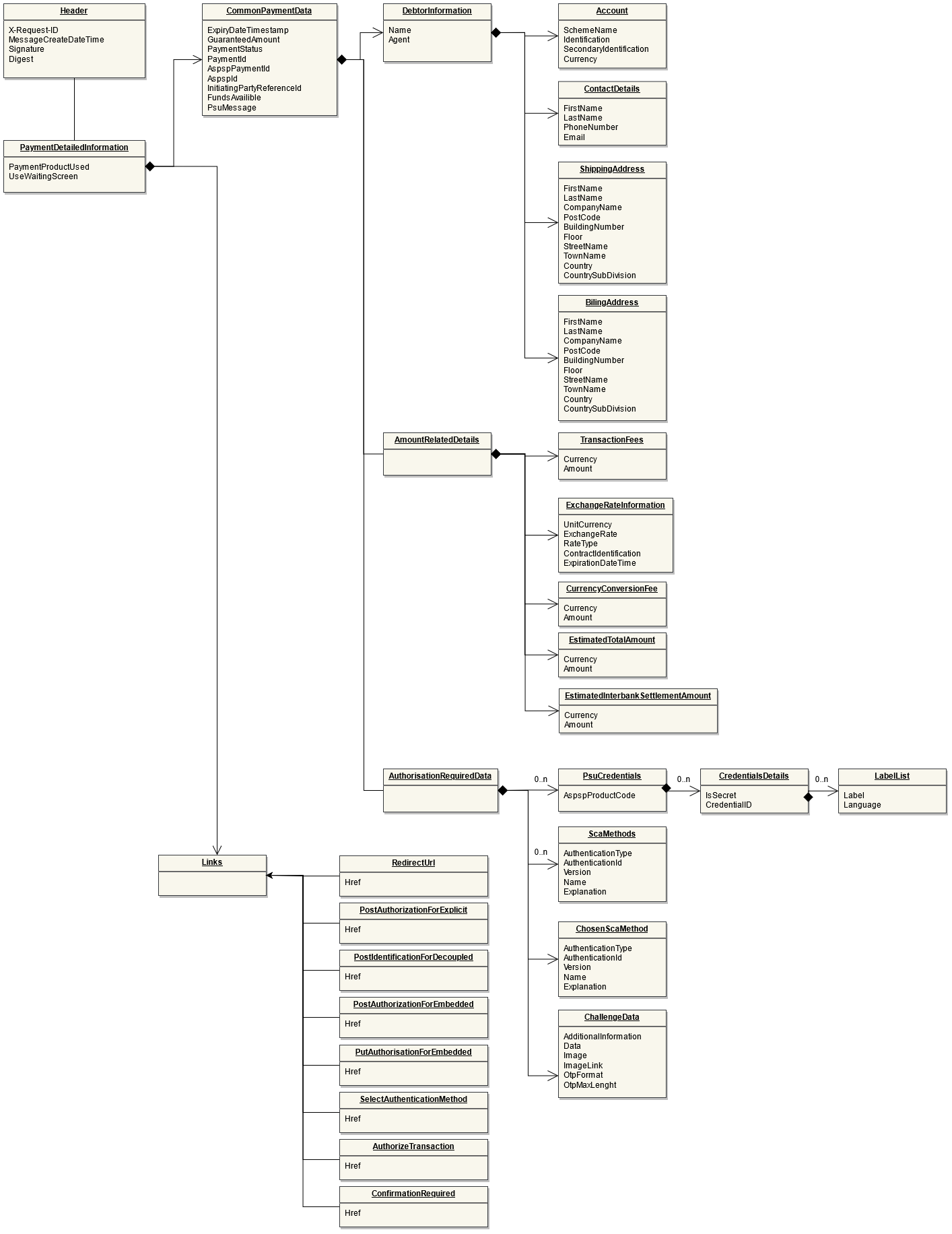ob-p-a2a-s5
Process to initiate Scheduled payment with redirect authorisation is similar to "Payment with Redirect Authorisation" with additional mandatory parameter “RequestedExecutionDate” to pass in request body by the initiating party (user).
Take the following steps to complete this scenario.
Step – 1 : Get the reach details :
Call the reach API – GET /aspsp. Get the ASPSP details with Name = “Scheduled Payment Redirect” and the ASPSP ID = “20111”, which has to be used to initiate the scheduled payment with redirect mode of authorisation and other further payment related requests.
Remark : Details of reach information provided in developer portal are limited and informational purpose to give initiating party (user) an idea about how reach information looks like. Initiating party (user) can skip this step and use specified ASPSP ID for the scenario to try out.
Step – 2 : Initiate the scheduled payment :
Call the POST /scheduled-payments API with mandatory fields in request header and body. In response of POST /scheduled-payments, initiating party (user) will receive payment ID, ASPSP redirect link to authorise the initiated scheduled payment and link to call GET /scheduled-payments/status API to get the status of the initiated payment.
If GET /scheduled-payments/status endpoint has been called before user provides his / her approval, initiating party (user) will receive payment status = “Open” from the ASPSP Mock in response.
Step – 3 : Authorise or Cancel the scheduled payment at ASPSP Mock :
With ASPSP redirect link received in response of POST /payments, customer (PSU) will get redirect to ASPSP Mock GUI login page. On this login page, customer (user) can provide dummy credential details as this is example purpose only. Once customer (PSU) provides his / her dummy credentials, he / she will be redirected to ASPSP Mock GUI page with “Approve” & “Deny” buttons to authorise or cancel the payment.
If customer (PSU) “Approve” the scheduled payment, payment will get initiated with the ASPSP Mock and customer (PSU) will redirect back to initiating party (user).
If customer (PSU) “Deny” the scheduled payment, ASPSP Mock will reject the initiated payment and customer (PSU) will redirect back to initiating party (user).
Remark : GUI page of ASPSP Mock to approve or deny the payment is just a demo purpose. Actual ASPSP GUI page to approve or deny the payment may vary based on ASPSP.
Step – 4 : Get the scheduled payment status :
Call the GET /scheduled-payments/status API to get the latest payment status from ASPSP Mock.
If scheduled payment is authorised by customer (PSU), initiating party (user) will receive payment status = “Authorised” as final payment status.
If scheduled payment is deny by customer (PSU), initiating party (user) will receive payment status = “Cancelled” as final payment status.
Remark : Scheduled payment status provided for this scenario is just to guide initiating party (user) for payment initiation process. Actual payment status may vary based on scenario from actual ASPSP.
Sequence Diagram :









